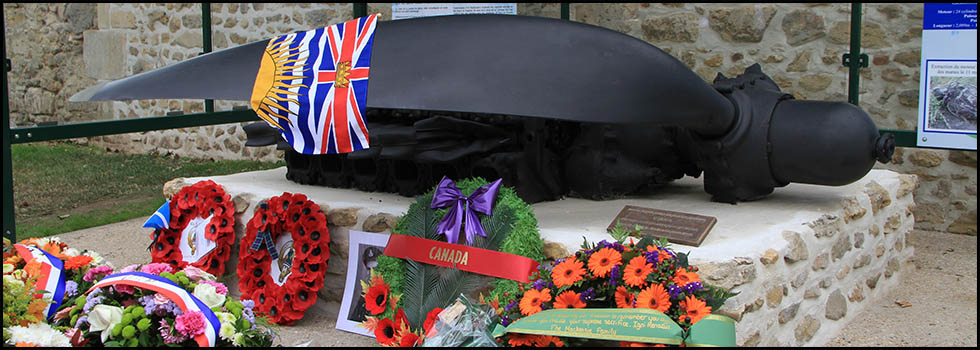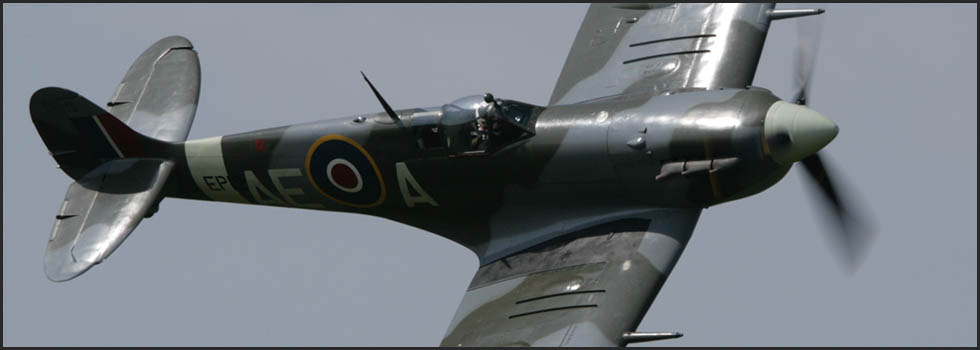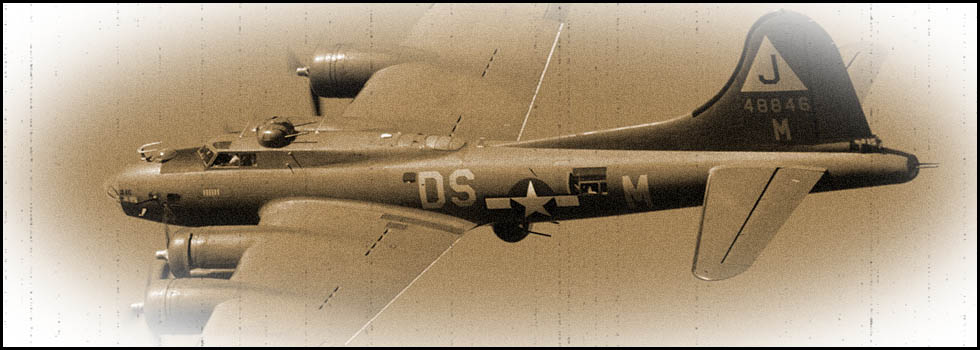Georges Fleury
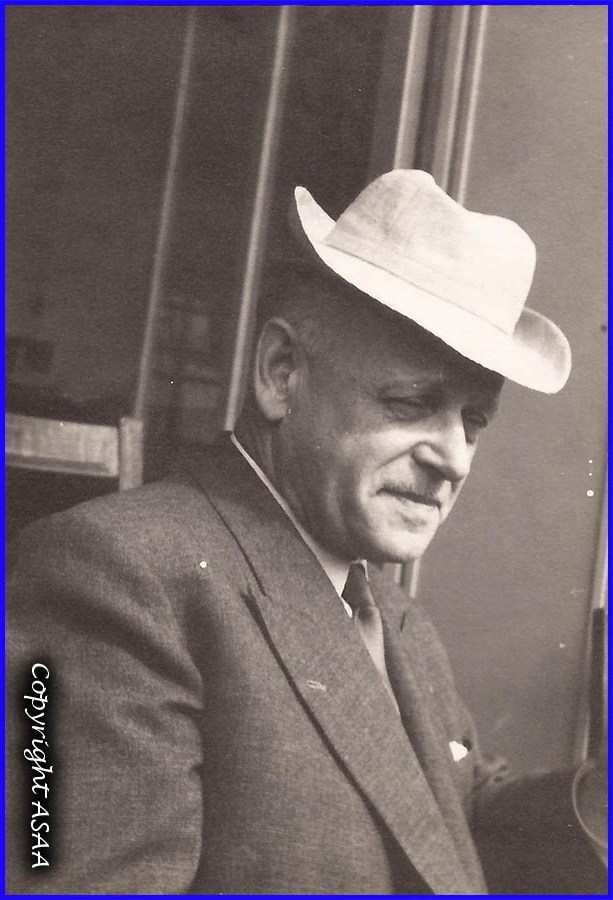
Georges Fleury
Georges Fleury was born on the 8th January 1890 in Caen (Calvados). Demobilised in 1919 having fought during the First World War, he settled in Remecourt (Oise). He took over the small farm of his parents in law before having a career in Administration as a registrar of the Justice of the Peace. He was elected mayor of Remecourt in 1920, where he remained until 1944.
On the 10th May 1940 the German armies flooded into France. It was a rout. Within a few weeks France was defeated and the armistice was signed.
On the 18th June, in his Appeal transmitted by the BBC, General de Gaulle called for the continuation of the struggle. Georges Fleury, his wife Rachel, his children France-Raphaelle, Alain and Annette refused the defeat and immediately got into the clandestine battle against the occupier.
From then on Georges Fleury began to recruit, as the months went by, men and women of all sorts of social conditions, known for their patriotism in order to negate German interests. He concerned himself with recuperating arms abandoned during the defeat and started a stock of explosives.
In Clermont, clandestine meetings were organised immediately in his home in rue de Mouy. Under the pseudonym of “Carriere”, he organised the distribution of handouts and clandestine newspapers, the escape of French prisoners, the making of false papers and envisaged the installation of radio transmitters with the help of the radio Lieutenant of the Navy, Jean Corroyer.
In 1942, with the support of the doctors in the sector, Georges Fleury set about saving young Frenchmen from the Service de Travail Obligatoire (Compulsory Work Service). He organised placements for defectors, ensured their supplies and distributed ration tickets.
At the end of 1942 two reserve officers, Marcel Sailly and Roland Delnef of the “Secret Army” group, professors at the Ecole Normale Professionelle of Creil, contacted Georges Fleury. They asked him to work with them and to be one of the chiefs of the Resistance movement.
From April 1943, Georges Fleury made the first radio contacts with London, thanks to radio operators who came from England. Parachute drops of arms and material were picked up on landing grounds which he had organised in the region. Night landings of small aircraft which came from England permitted the rapid exchange of personnel and important documents.
Throughout 1943, armed groups were made up in numerous villages around Clermont. Sabotage operations on railway equipment were carried out notably in Clermont, Liancourt, Mouy, Saint-Just-en-Chaussee and Estrees-Saint-Denis. Sabotage against underground telephonic networks took place with the concurrence of sympathisers of the Ponts-et-Chaussees (Civil engineering) and the Postal Administration. Established contacts with gendarmes made it possible to anticipate acts of repression of the German police.
The aerial Allied offensive on Germany and the occupied territories intensified day and night. The departement of the Oise had daily immense waves of bombers flying over it. The antiaircraft defences and German fighters replied to the attacks. Airmen fell from the sky in our region. Georges Fleury and his family housed more than fifteen Allied airmen who had to be fed, clothed and supplied with false papers.
Alain Fleury and his sister France-Raphaelle remember a few stories :
Alain Fleury :
“...We tried to exaggerate things and made jokes. Among the airmen certain were capable of getting by in French and one of them wanted to say something nice to my mother. Comrades who passed by from time to time taught him a phrase and one day he said ‘Chere Madame, I wanted to tell you that we stuff ourselves well in this old barrack! Everyone started laughing..."
France-Raphaelle Fleury :
“..One day my mother took a big jar of blackcurrant jelly from the cupboard and put it on the table. One of the airmen, who we had nicknamed ‘Big baby’ took the whole pot and tipped it out onto his plate. In two or three movements the whole great jar of blackcurrant jelly had disappeared and everyone started to laugh...”
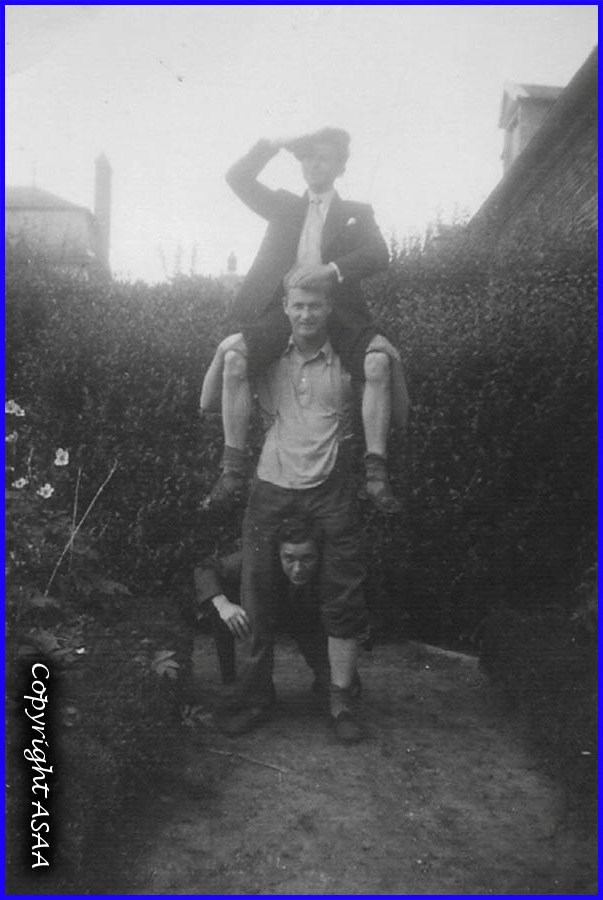
was murdered by an SS unit in Urvillers (Aisne) after being horribly mutilated.
A certain number of these airmen came from or were sent to the “Alsace” network led and organised by Gilbert Thibault at Auneuil. Sometimes Georges Fleury‘s children took it upon themselves to take them to Creil or Paris. Then arranged contacts took the escapers on dangerous paths towards Freedom, via Spain or Brittany before they could get back to England.
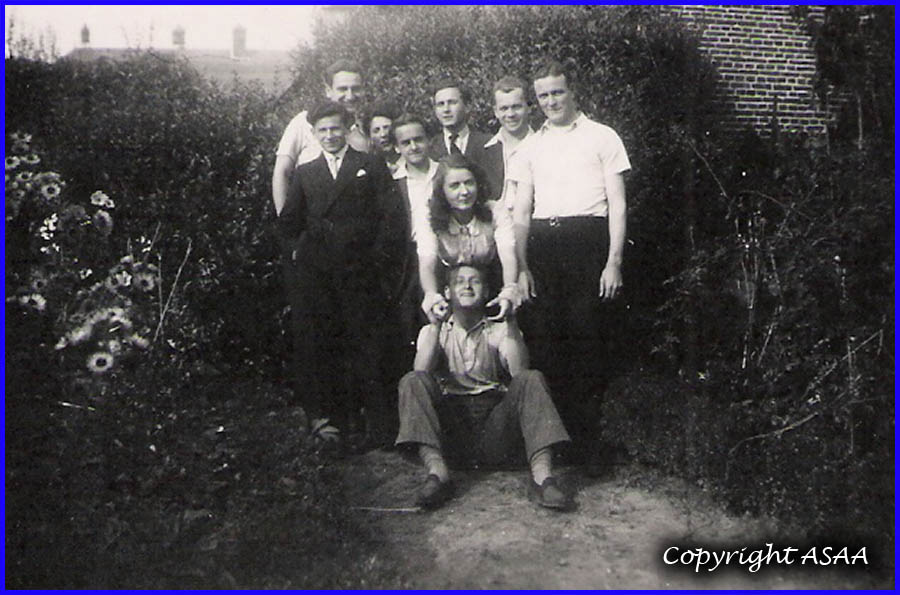
In February 1944, Georges Fleury met Commandant Fromonot who was organising the Forces Francaises de l’Interieur in the departement. The following month 650 men were got together and armed in about twenty groups around Clermont. Georges Fleury took leadership of the Centre-Oise group of the O.C.M.
On the 6th June 1944, the Allied armies landed on the beaches of Normandy. The so-long-awaited Liberation was but weeks away. The German army began to beat the retreat but opposition became worse.
On the 6th August 1944 Jean Corroyer, Georges Fleury’s deputy, was murdered in front of his house by Miliciens in the pay of the Gestapo. His wife Leonie and his son Guy were arrested. They were to die in deportation. That very day the Fleury family escaped by the skin of their teeth from being arrested and went to hide with friends. During this time Roger Folliot took it upon himself to hide compromising papers which were to be found in rue de Mouy. Georges Fleury continued in spite of everything to command the sector, thanks to officers parachuted in, radio operators and liaison agents and took part in various acts of sabotage against the enemy.
On the 18th August 1944, at the Vieux-Moulin station and in the company of an agent of the Compiegne sector, Georges Fleury destroyed two trains of wagons which were intended to transport to Germany internees of the camp at Royallieu.
The Liberation was approaching. In the week of the 25th to 31st of August 1944, he got together three highly armed groups under his command, on the order of Colonel Monturat, the departmental chief.
In the night of the 31st of August, he attacked a German battery at Saint-Aubin-sous-Erquery. The Germans managed to flee in the darkness, leaving four prisoners, 300 horses and a combat train.
On the 1st of September, after four years of servitude, the town of Clermont was liberated by the 79th American Infantry Division.

Clermont, 1st of September 1944 - G.I.’s in the Descuignieres Square
Georges Fleury was appointed sub-prefect of Clermont at the Liberation, a function which he occupied until January 1948 before becoming Secretary General of the Prefecture of Beauvais until 1954. He was then appointed sous-prefet of Argentan until 1957.
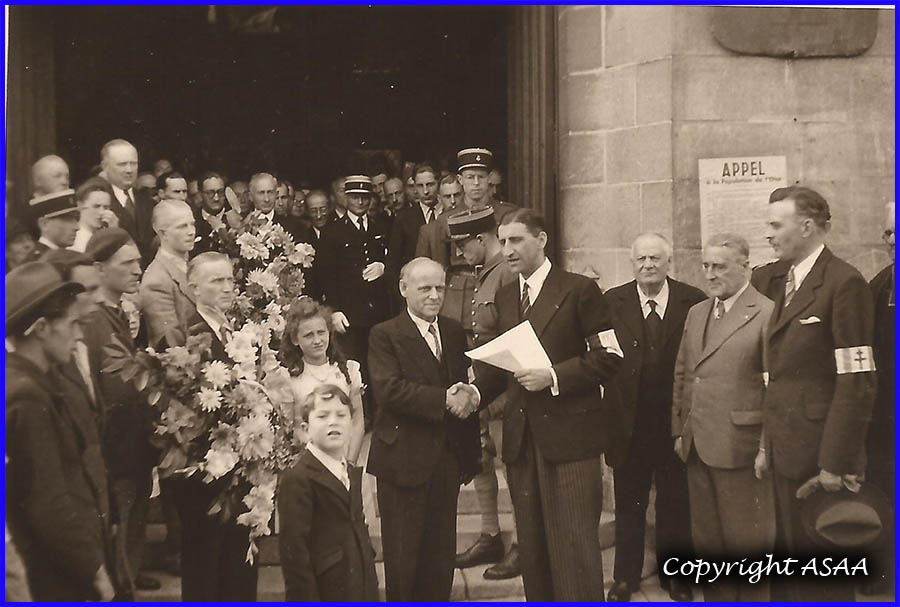
3 September 1944 - The Republic is reinstated.
Georges Fleury is officially proclaimed sub-prefect of Clermont
by Yves Perony, the new prefect of the Oise.
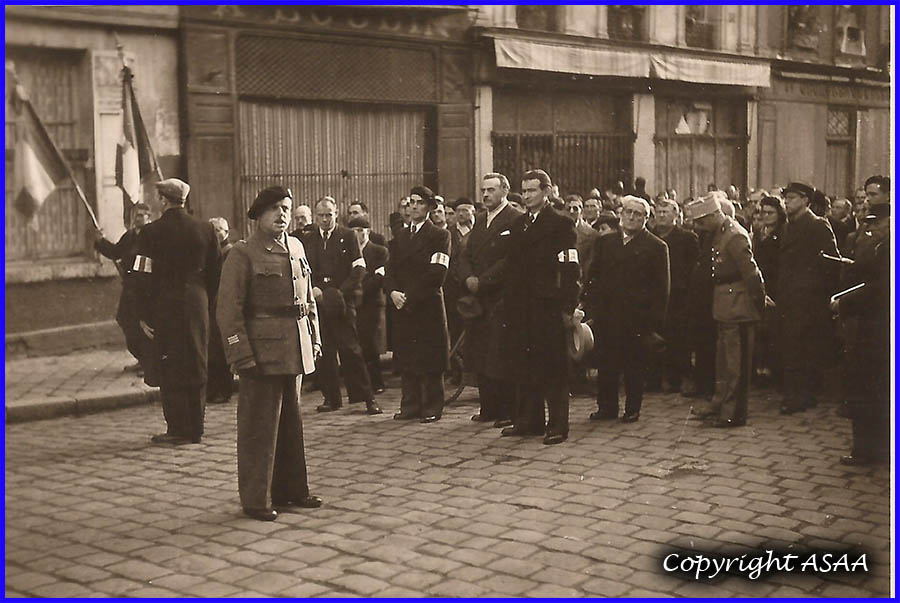
Clermont - 1st November 1944 - Georges Fleury at a ceremony in honour of his deputy Jean Corroyer.

The sub-prefect Georges Fleury.
Georges Fleury died in 1959.
Croix de Guerre 1914-1918
Croix de Guerre 1939-1945 with palm
Officer of the Legion of Honour
Medal of the Resistance
Offcier of the Academic Palms
Holder of several Allied distinctions including the Medal of Freedom


